TABLE 15-5
What are the factors that determine the acceleration time (in sec.) from 0 to 60 miles per hour of a car? Data on the following variables for 171 different vehicle models were collected:
Accel Time: Acceleration time in sec.
Cargo Vol: Cargo volume in cu. ft.
HP: Horsepower
MPG: Miles per gallon
SUV: 1 if the vehicle model is an SUV with Coupe as the base when SUV and Sedan are both 0
Sedan: 1 if the vehicle model is a sedan with Coupe as the base when SUV and Sedan are both 0
The regression results using acceleration time as the dependent variable and the remaining variables as the independent variables are presented below.
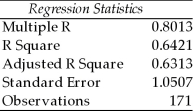 ANOVA
ANOVA

 The various residual plots are as shown below.
The various residual plots are as shown below.
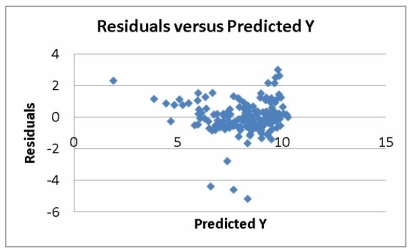
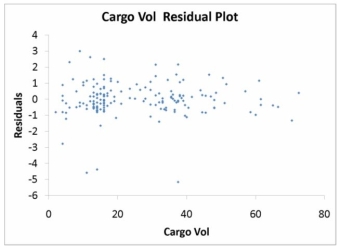
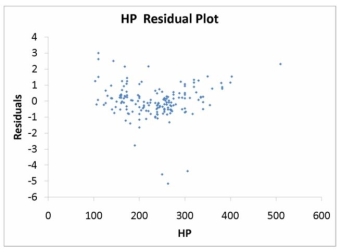
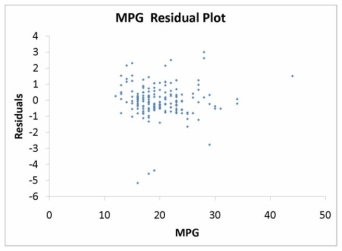
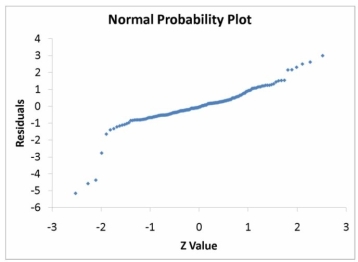 The coefficient of partial determination (
The coefficient of partial determination (  ) of each of the 5 predictors are, respectively, 0.0380, 0.4376, 0.0248, 0.0188, and 0.0312.
) of each of the 5 predictors are, respectively, 0.0380, 0.4376, 0.0248, 0.0188, and 0.0312.
The coefficient of multiple determination for the regression model using each of the 5 variables as the dependent variable and all other X variables as independent variables (  ) are, respectively, 0.7461, 0.5676, 0.6764, 0.8582, 0.6632.
) are, respectively, 0.7461, 0.5676, 0.6764, 0.8582, 0.6632.
-Referring to Table 15-5, what is the p-value of the test statistic to determine whether MPG makes a significant contribution to the regression model in the presence of the other independent variables at a 5% level of significance?
Definitions:
Dissociative Identity Disorder
A disorder in which a person develops two or more distinct personalities. Previously known as multiple personality disorder.
Dissociative Amnesia
A mental health condition characterized by gaps in memory of personal information, often due to trauma.
Dissociative Fugue
A form of dissociative amnesia in which a person travels to a new location and may assume a new identity, simultaneously forgetting his or her past.
Biological Reason
A rationale or explanation based on biological factors that underlie behaviors, traits, or conditions.
Q18: A dummy variable is used as an
Q30: Referring to Table 15-3, suppose the chemist
Q35: Referring to Table 17-4, what is the
Q49: The Variance Inflationary Factor (VIF) measures the<br>A)
Q64: Referring to Table 15-5, there is enough
Q69: Referring to Table 15-4, the better model
Q73: Referring to Table 16-11, the value of
Q79: Referring to Table 16-6, exponential smoothing with
Q114: Referring to Table 16-12, based on the
Q155: Testing for the existence of correlation is